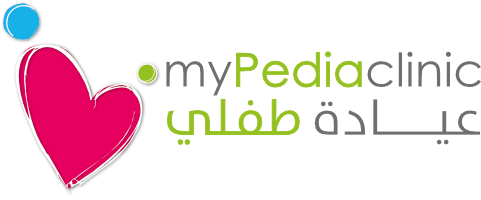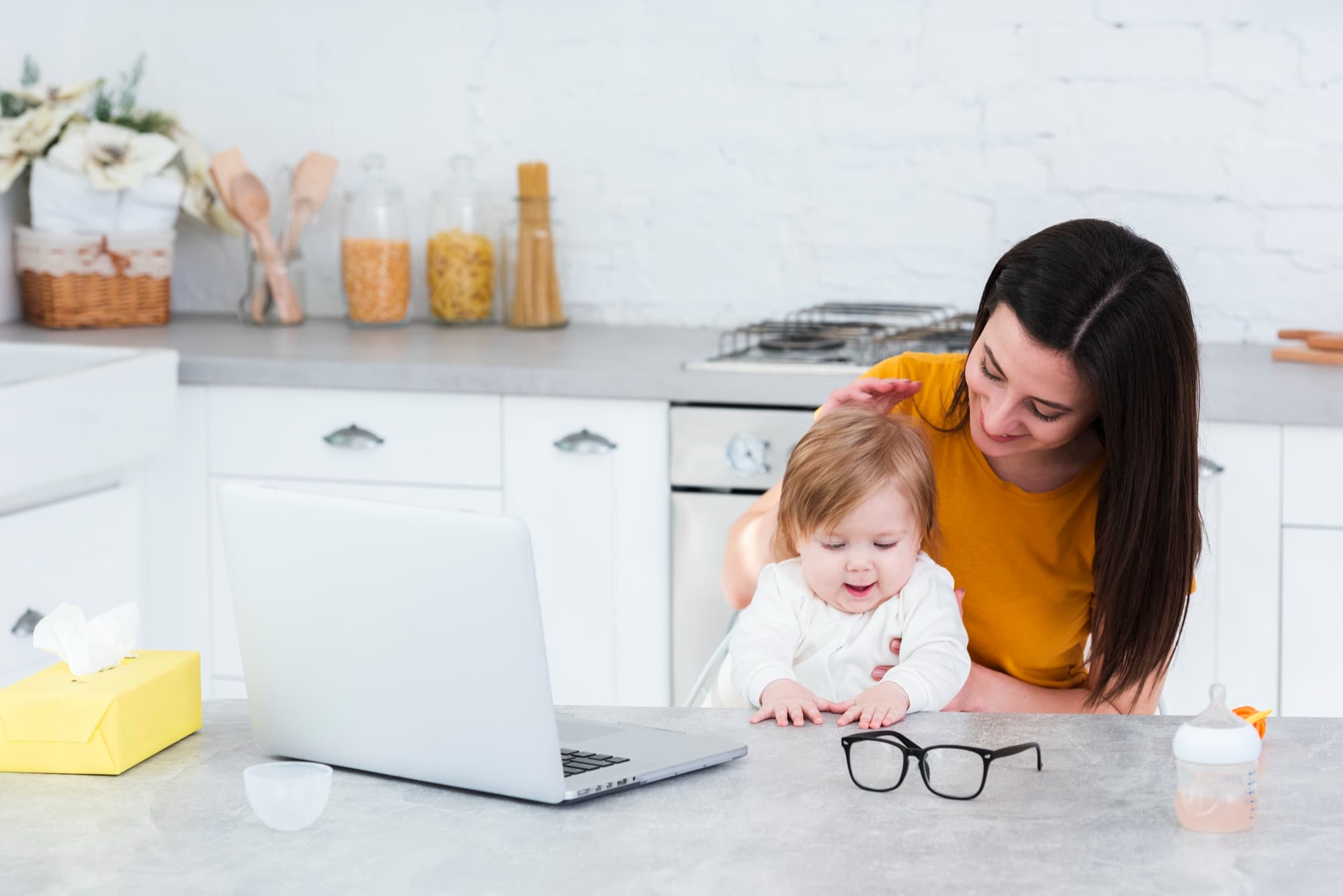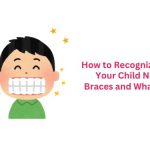If you’re a parent, you know that newborns and young children can exhibit all sorts of curious behaviors as they explore their world. One spot where this is especially true?
With how much time your child spends looking at different distances! It’s not enough for your child to see up close – they’ll need to be able to see far away to get a clear picture of the world and interact with the people around them. That’s where vision screening comes in.
Who should get a vision screening?
The American Optometric Association (AOA) recommends that children get their first comprehensive vision exam by six months of age. But if you see anything that worries you about your child’s vision before 6 months of age, it’s important to bring it to the pediatrician.
You may notice your infant’s eyes crossing or having trouble focusing on something up close. They may not follow objects when you wave them in her line of sight or demonstrate other problems with depth perception. These aren’t signs of a serious vision problem, but they sometimes indicate a need for early vision screening.
Vision screening involves looking at how well your child’s eyes can function and deciding if any treatment is needed.
When should you have to get your child for a vision check?
Most of the time, children don’t complain about their vision problems, so the American Academy of Pediatrics (AAP) recommends screening by three years of age.
However, if your child’s eyes are crossed more than twice in each eye and become worse between two and six months of age, then AAP recommends a comprehensive evaluation at six months.
If you’re worried about your child’s vision, don’t wait until symptoms get worse before you act. Schedule a visit with your child’s doctor as soon as possible to make sure there are no other issues that need investigating.
What does vision screening involve?
Vision screening includes a full eye exam. It may involve either an eye exam conducted by a medical assistant or an optician or an evaluation by a licensed vision specialist who uses special equipment. This doesn’t necessarily mean that the doctor will recommend laser surgery or other treatments. In most cases, the doctor will talk with you about potential complications and treatments that may help your child get the best vision possible.
What exactly do they look for?
The main components of a vision screening are checking the eyes’ ability to function and see if any signs indicate a need for treatment.
What are the different types of vision screening tests for a baby?
Visual acuity testing
Checking visual acuity is the ability to see at a distance. In people with normal vision, visual acuity of 20/20 means they can see an object clearly from a distance of 20 feet. People with poorer than normal vision have poorer than normal visual acuity. If you or anyone else conducts near and far visual screening tests for babies, it’s important to note that people who are short-sighted (myopes) require lenses that are concave to bring the image into focus onto the retina.
Perimetry
It is a test that measures how well your eyes can process visual information. Baseball cards and letters on a computer screen are commonly used to check how well the person sees at various distances.
Tunnel vision
When your baby’s eyes cannot focus on more than one thing, they become tunnel vision. This usually means that a child is experiencing strabismus, an abnormal position of the eye muscles. In this case, it’s best to speak with your pediatrician about eye muscle exercises and glasses.
Cranial nerve testing
It checks the nerves going to the eyes and vision center for any possible problems with vision. Doctors can also use a hands-on technique called the caloric reflex test to check for abnormal nerve function.
When should you have to be worried about your child’s vision?
There aren’t many health issues that can affect your child’s eyes at birth. However, some childhood eye diseases can cause problems, such as cataracts in both eyes, leading to nearsightedness or faulty development of the retina and optic nerve if left untreated. A single vision screening can only cover a very short period.
A good way to make sure that your child’s eyes are still healthy during the first few months of life is to make an appointment with your child’s doctor at least once a month.
Your pediatrician may also recommend that you have your child follow up with them at regular intervals as they grow, especially if you notice a change in your child’s vision or if you suspect there might be some health issue.
What kind of treatments do children receive for eye problems?
If your child has a problem with their eyes, doctors can talk with you about the best course of action and treatment for them. It’s important to remember that every child is different, and doctors’ advice will vary.
If your child has a vision problem, doctors might be able to fix it by restoring normal vision or correcting any problems that may have caused the problem in the first place. If there are no problems with vision, your child may be offered glasses for nearsightedness or eyeglasses for farsightedness.
If you still have concerns about your child’s eyes, don’t hesitate to talk with your doctor about the best course of action. For this matter, you can contact MyPedia Clinic as we have a team of expert Eye Specialists and Opticians who can help your little one’s vision problems.





